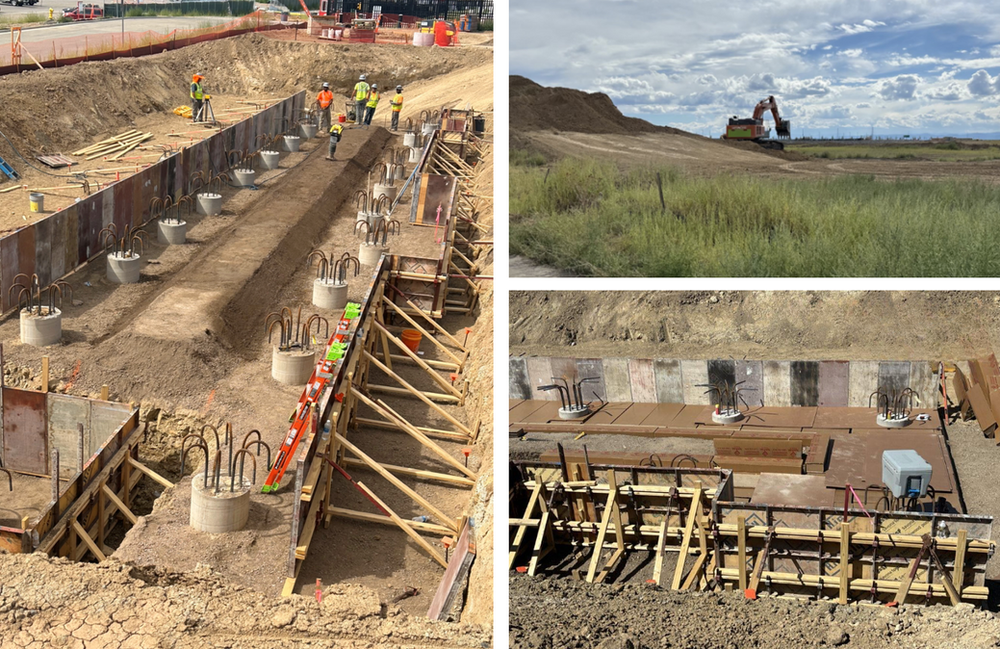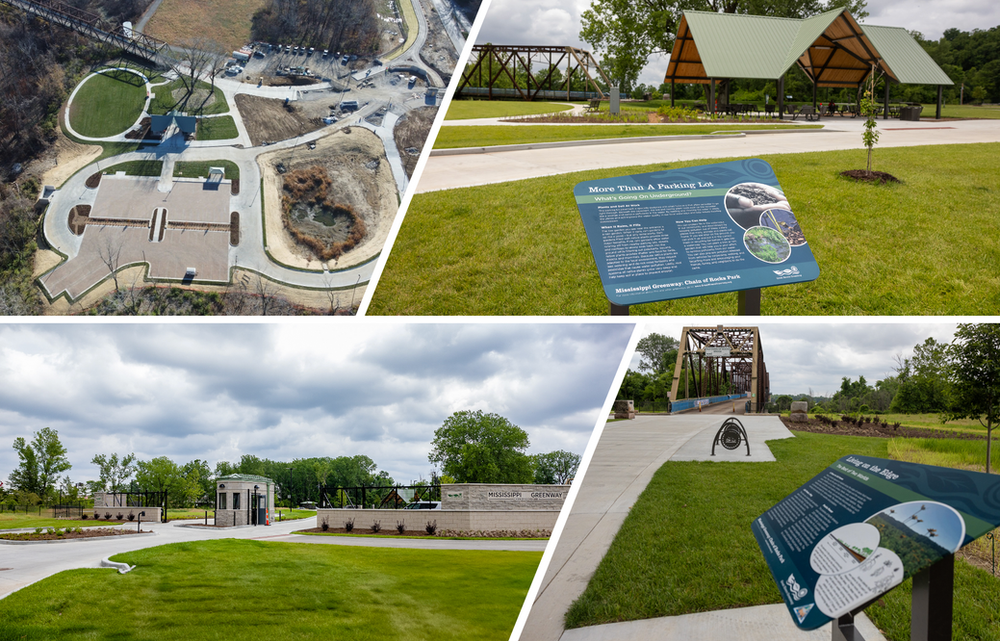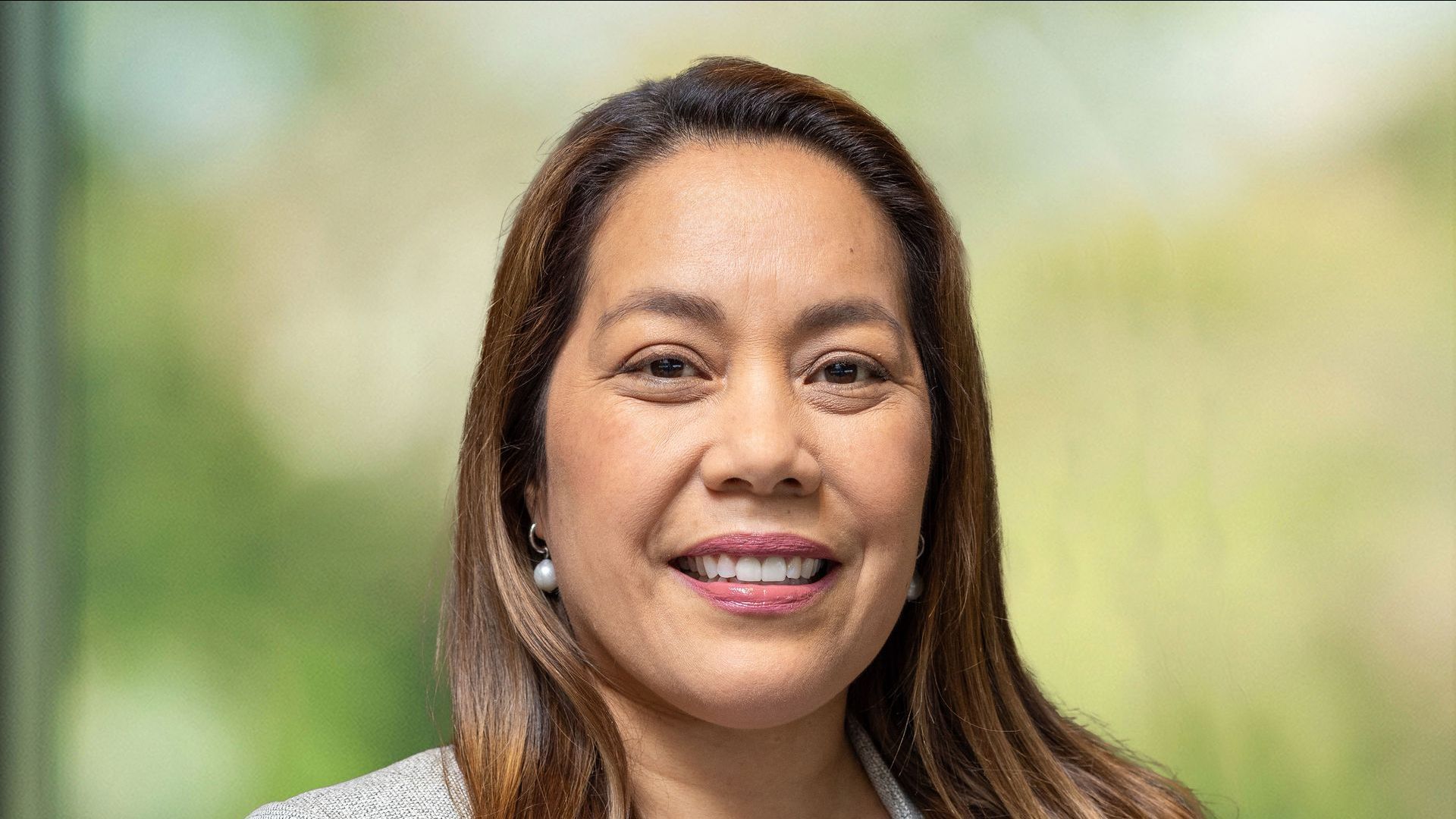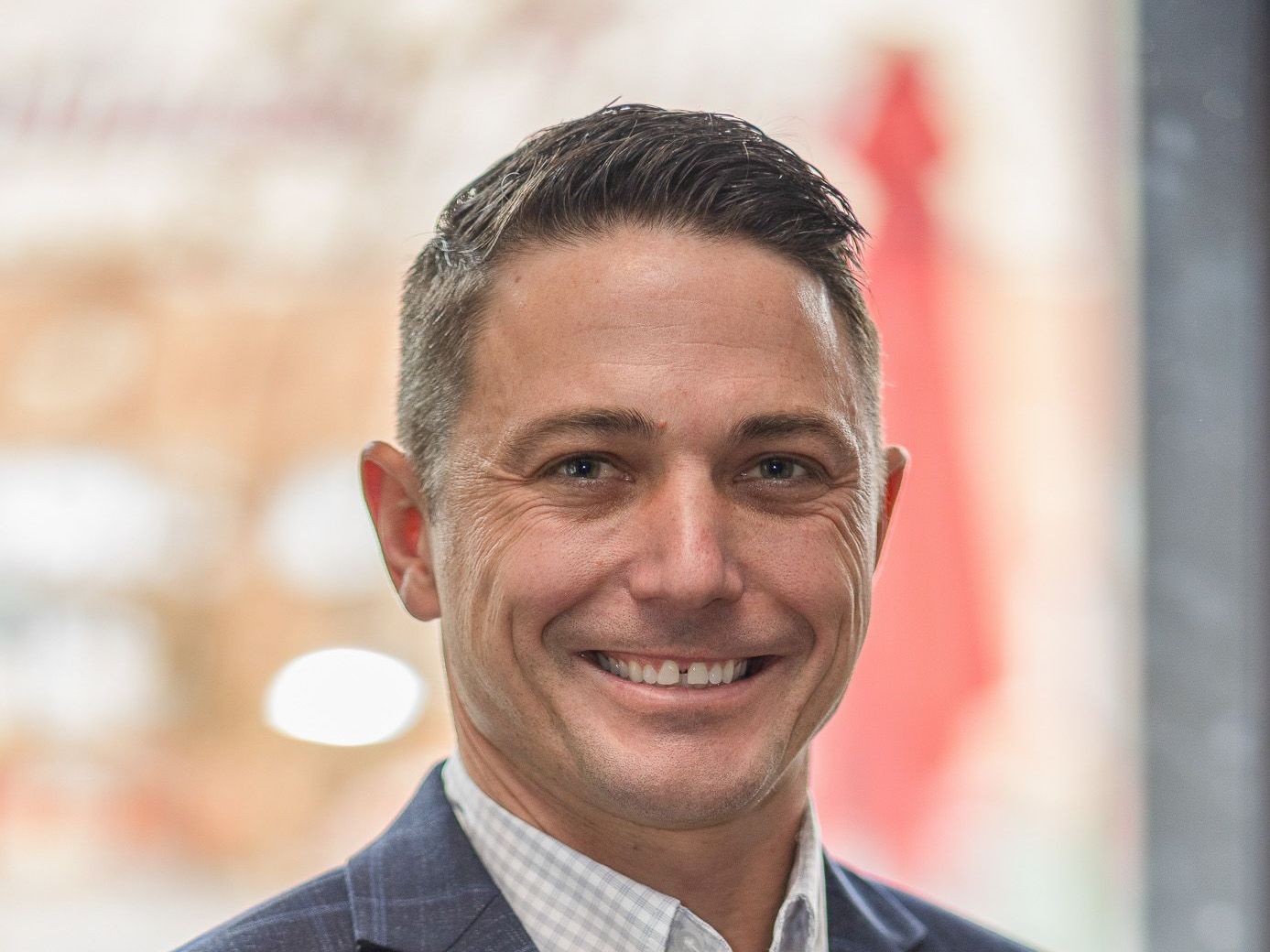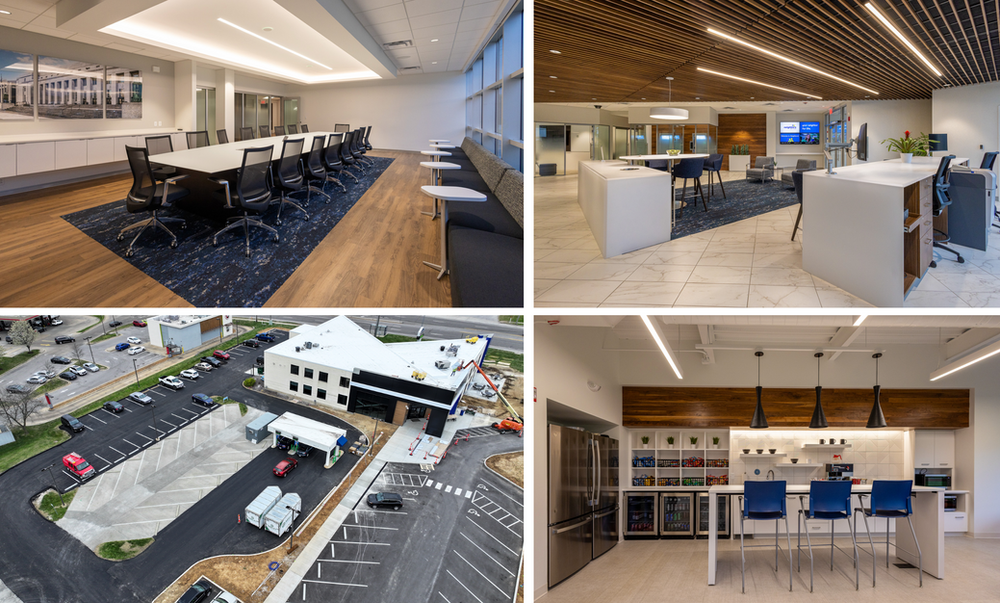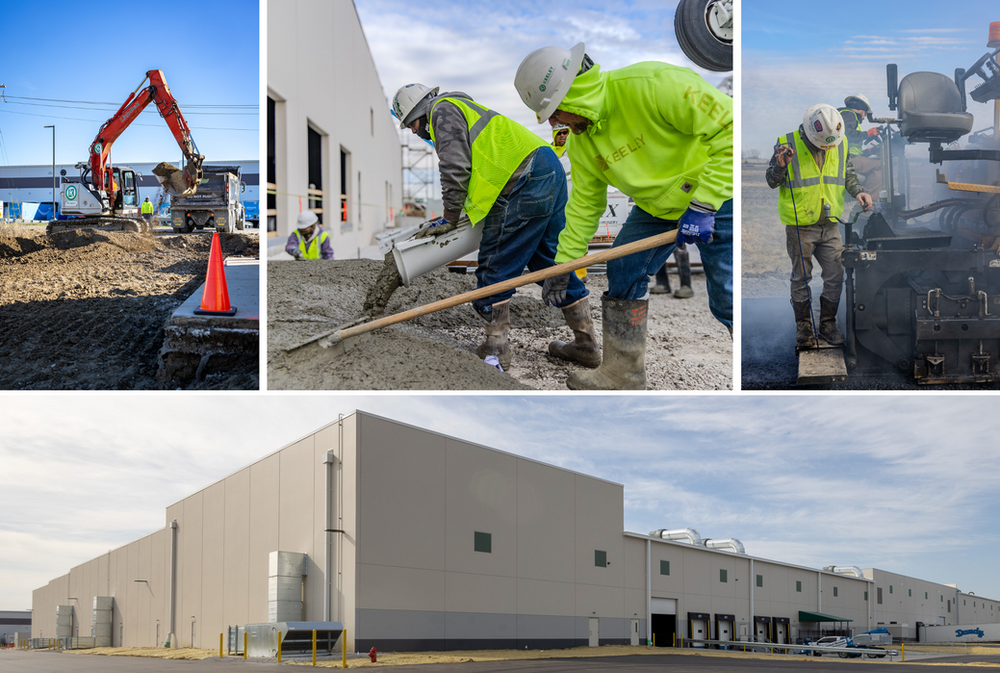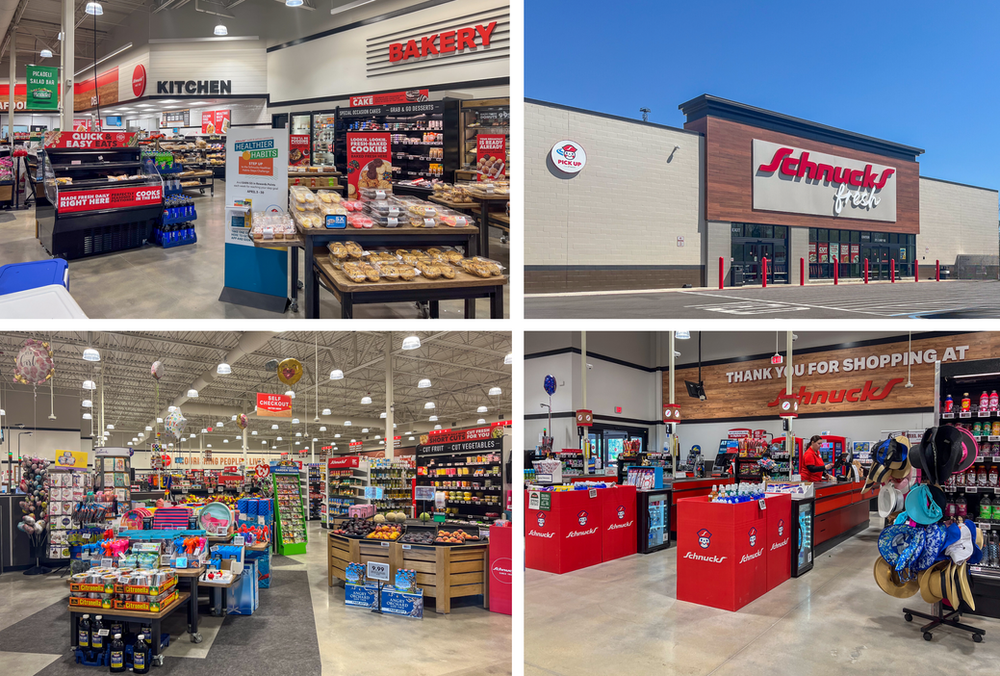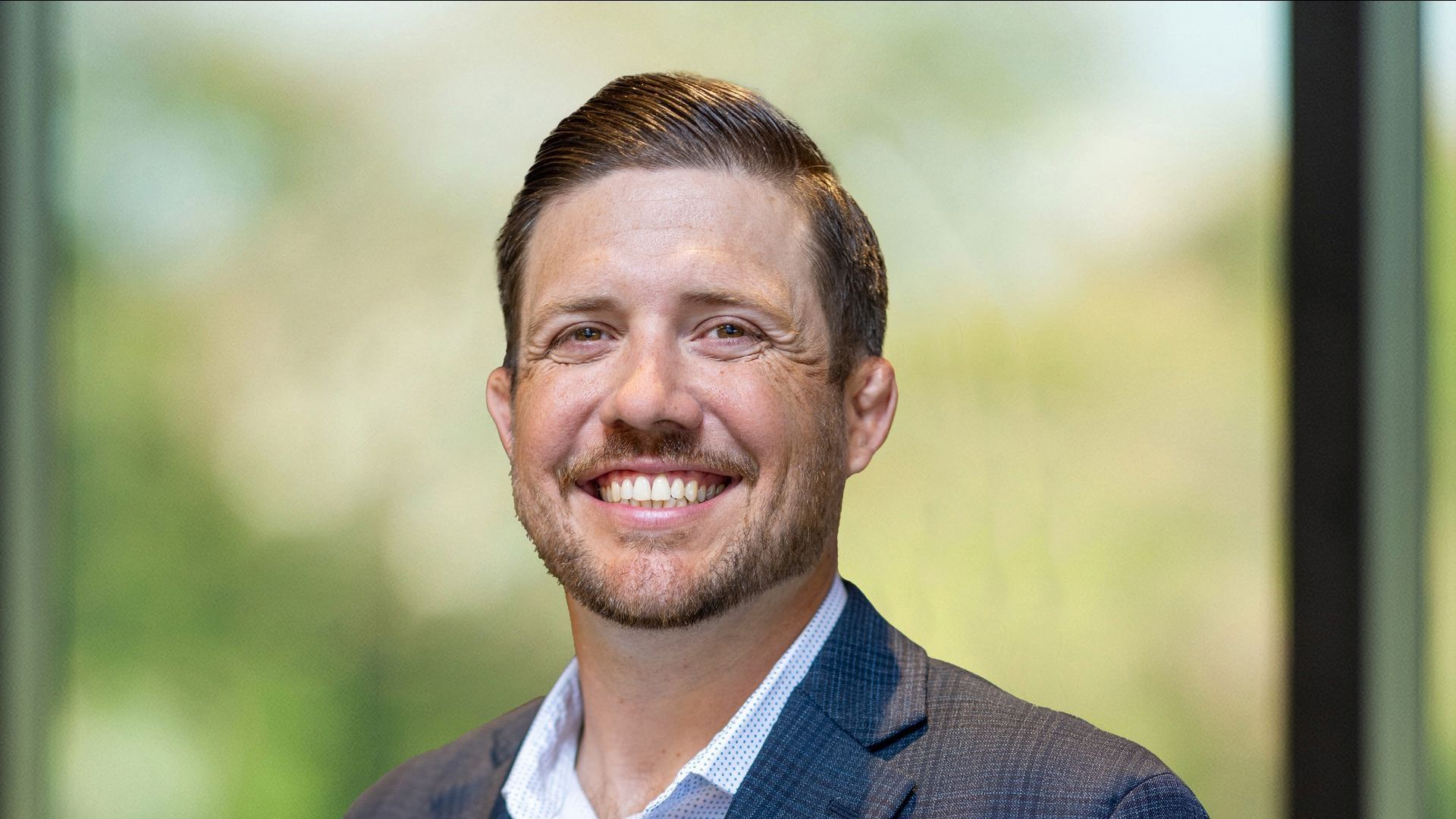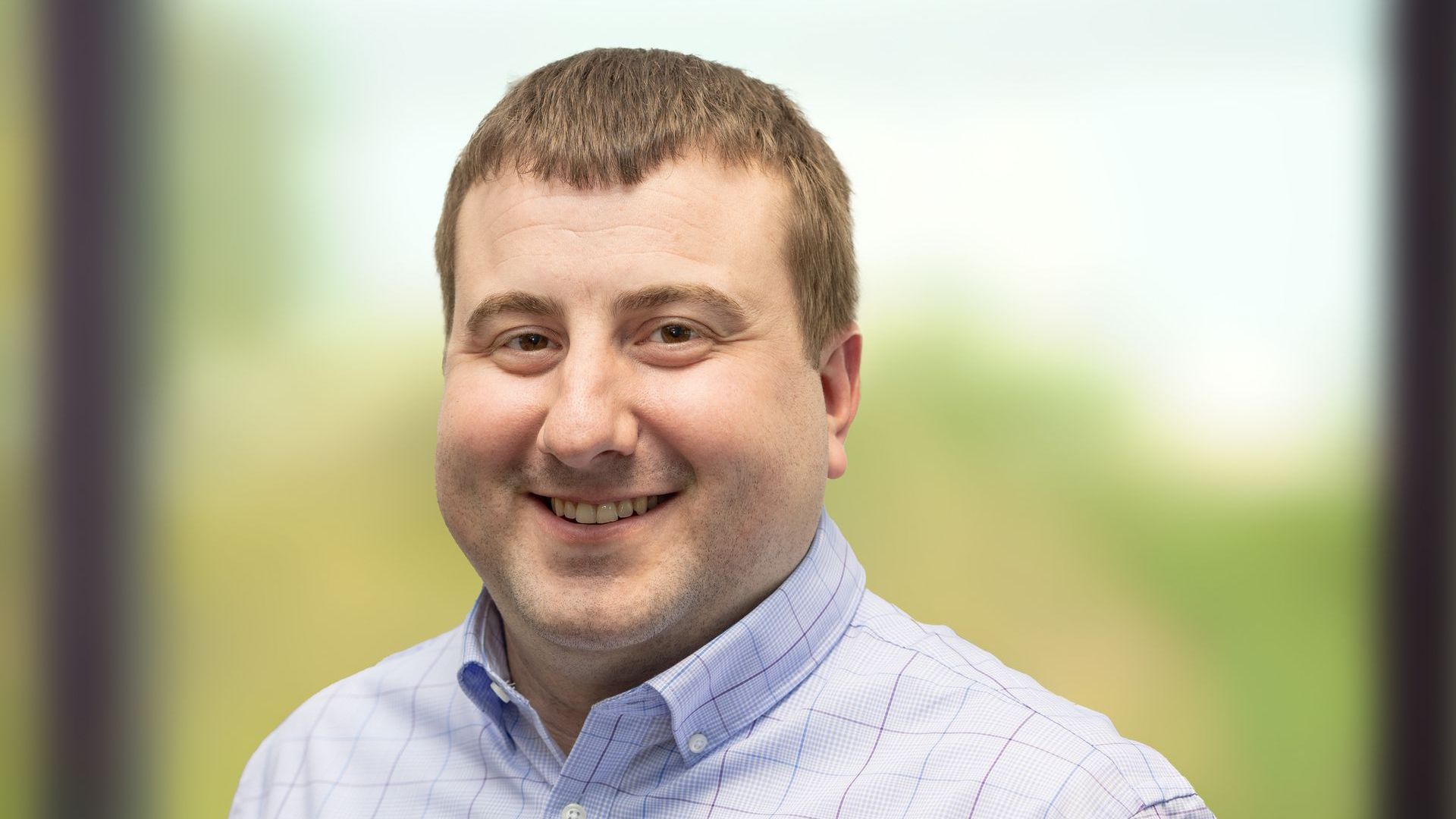How to Make Your Building “Green”
By: Derek Maschek
Green. It’s a seemingly easy word with so many connotations and meanings. For financial facilities, it could be related to cash, rookies, or maybe it has something to do with buildings. Since it’s close to Earth Day and we like to design and construct buildings, we’ll go with the latter.
Even after narrowing the framework down to buildings, “green” still means different things to different people. To you, it might mean friendly to the natural environment, a healthy interior space, energy efficiency, or maybe it’s a feel-good marketing tool intended to catch the attention of the younger generations. Any single one, two, or all of these could be true, and that’s okay. Once you understand what “green” means to you, and you’re considering it as related to your existing or new office or branch, what comes next?
In the years our team has worked together on projects, whenever the subject of “green” comes up with regards to a building, the difference between those that do something and those that just talk about it comes down to commitment. It is only when you, the client, understands what your “green” goals are, and you commit to achieving them, that will you have success. Again, your “green” building goal can be a hyper eco-friendly building filled with sustainable materials that don’t pollute your work environment. It could be a super energy-efficient building that simply saves you money over time to operate. Maybe it’s some highly obvious moves that shout to the community that your organization cares deeply about the future and the environment. All of these are valid, but they are also prime drivers of design and construction, so it is critical that you commit early and stay the course. It’s almost a guarantee that if you don’t, that either the feature(s) will be dropped entirely due to cost and complication, or those feature(s) will be unnecessarily expensive and you’ll be left with regret about ever even considering “green” in the first place. We don’t want that and you don’t need that.
Now you ask yourself what “green” aspects you should devote your time and money to. All of these subjective considerations can be overwhelming, but here we can touch on at least one critical aspect. What we see most clients pursue is the strategy of energy efficiency. There’s an easily quantifiable and very direct cost-benefit. Your return on the investment can typically be calculated out with some reasonable accuracy.

Energy efficiency, durability, life-cycle performance, and occupant productivity are all aspects of high-performance buildings, but we’re focusing on energy. Within that area alone, the strategies are numerous, varying from tried and true but simple and boring, to some exciting, cutting-edge, and expressive technology. Thankfully, combinations of these strategies frequently have compounding benefits - each individual strategy becoming more effective when coordinated with another. This approach progressively reduces the rising construction costs while progressively increasing the savings over time.
The first step in designing an energy efficient building is to build no more volume than you need. Carefully evaluate actual use patterns and area needs to compress spaces down to their minimum square footage. Avoid unnecessarily duplicative functions and find ways to overlap them. These opportunities are very specific to each facility, but it’s doubly advantageous to get right. You don’t spend money to own it, and you don’t have to spend more operating and maintaining it!
Then, make what you build be as effective as possible. This means that you are likely spending a bit more to design and incorporate products and systems that help you avoid spending excess energy every day. A great example would be lighting. Design your building to allow the free sunlight to do most of the work by using proper building orientation, smart window sizing and placement, reflective surfaces, and smart technology to gauge needs. Then, install LED fixtures which are about 90% more efficient than the old incandescent bulbs and are twice as efficient as fluorescent lighting. Additionally LEDs last for decades, versus months for the old bulbs and only a few years for the tubes, all while producing better light.
The reality is that the most cost-effective strategy for saving on energy consumption is having a quality building thermal envelope. That primarily means wall, roof, and even floor insulation. There are many other important components to consider, such as windows - the weakest thermal performer - and avoiding thermal bridging. These critical components are rarely obvious and much of it is totally hidden, therefore providing no advertising value. But the cost-benefit is clear as you save money by buying less energy to actually use your building. Plus, there are many utility and government programs available that may help offset the additional initial costs, too.
These few concepts only scratch the surface of what you can do if you want a “green” building. Since the cost-benefit equation changes depending on your needs, goals, and where you are located, what’s right for you is a conversation best had with your chosen Design | Build partner. Set your “green” goals and stick to them. A good team will help you build something of great value for years to come.


